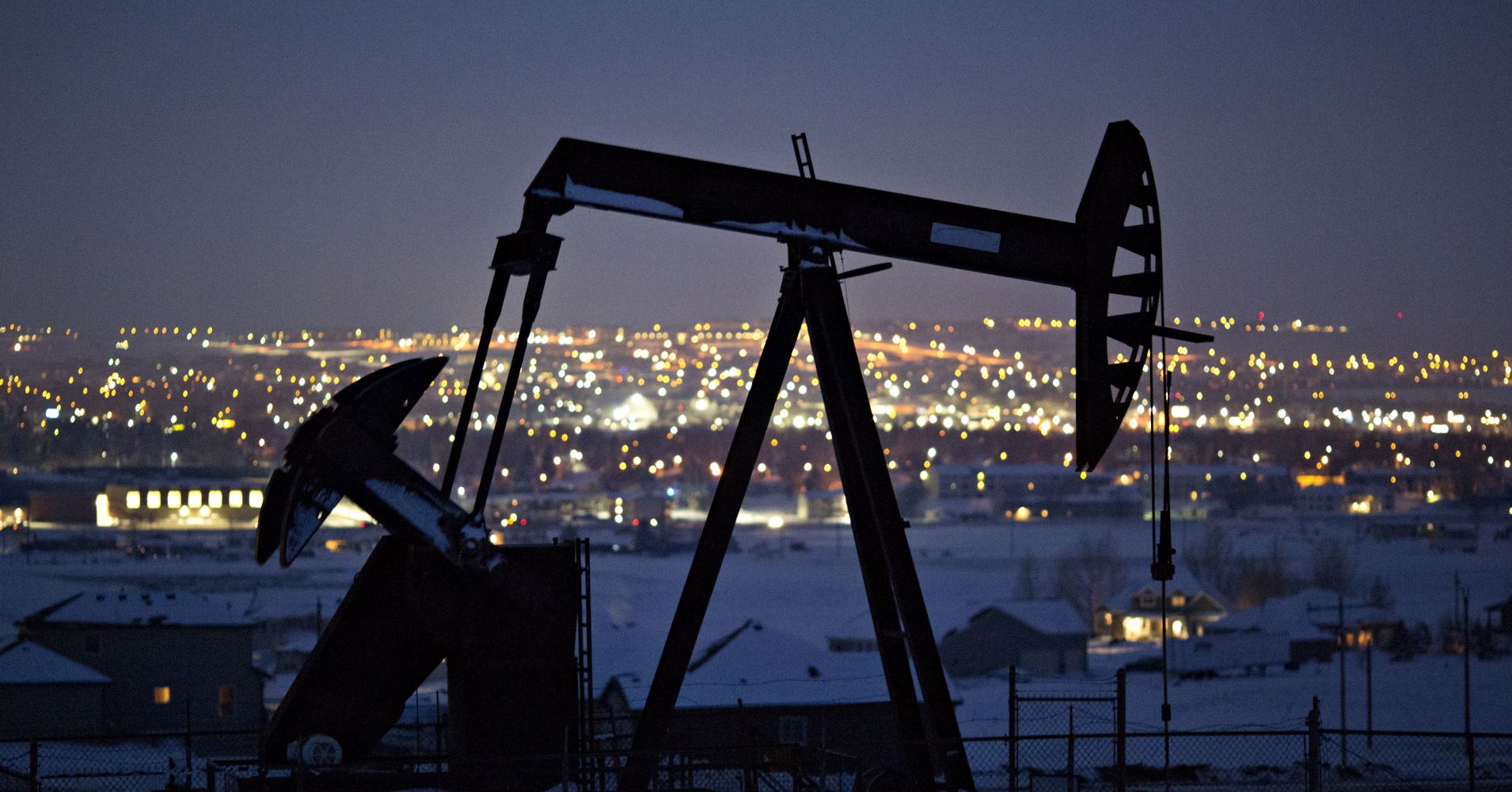Clean energy and climate change are helping Big Oil, Goldman Sachs says

[ad_1]
“Big Oils” refer to the world’s largest publicly traded oil companies such as Shell, BP, Total, ENI and ExxonMobil (among others). These companies benefit from a limited amount of competition in the industry, or what Goldman characterized as “the restoration of the industry’s oligopolistic market structure.”
“Attractive returns is happening at an even faster pace than we expected. Over the last five years, Big Oils have doubled their market share in long-cycle developments and U.S. shale oil, re-establishing the attractive returns that were lost during the oil & gas revolutions of the 2000s spawned by National Oil Companies and shale.”
Another challenge for the industry in recent years has been an imbalance in supply and demand, particularly after the advent of U.S. shale oil producers. The U.S. is now the largest oil producer in the world.
When oil prices slumped from around $114 a barrel to a low of around $26 in early 2016, major oil producing group OPEC decided to cut production in a bid to curb the global oil supply and put a floor under prices. Russia and a group of other non-OPEC producers agreed to also cut output in coordination with OPEC in January 2017. The agreement continues and is expected to carry on through 2019.
Brent crude futures are trading at $69.79 on Wednesday – while West Texas Intermediate is trading at $62.76. Prices have risen in the last four days toward a five-month high as supply cuts and sanctions on oil producers Iran and Venezuela outweighed data showing an unexpected rise in U.S. inventories.
“One of the drivers in the improvement in the oil price year to date has been very resilient demand. Everybody came into the year with very negative view and actually demand has been resilient,” Goldman’s Michele della Vigna said.
“The market always has a tendency to surprise us but I don’t see that, I think this is an environment that works well for everybody. It manages the deficit in some of the OPEC countries, it’s actually very profitable for the industry and it’s enough for U.S. shale to keep growing,” he noted. A period of low oil prices has deterred investment into the industry, however.
“I think if we dare to look further ahead, if we look into the 2020s, that’s when we see the market becoming really tight because that’s when the under-investment really hits. But for the next two years, we remain well supplied.”
Source link






